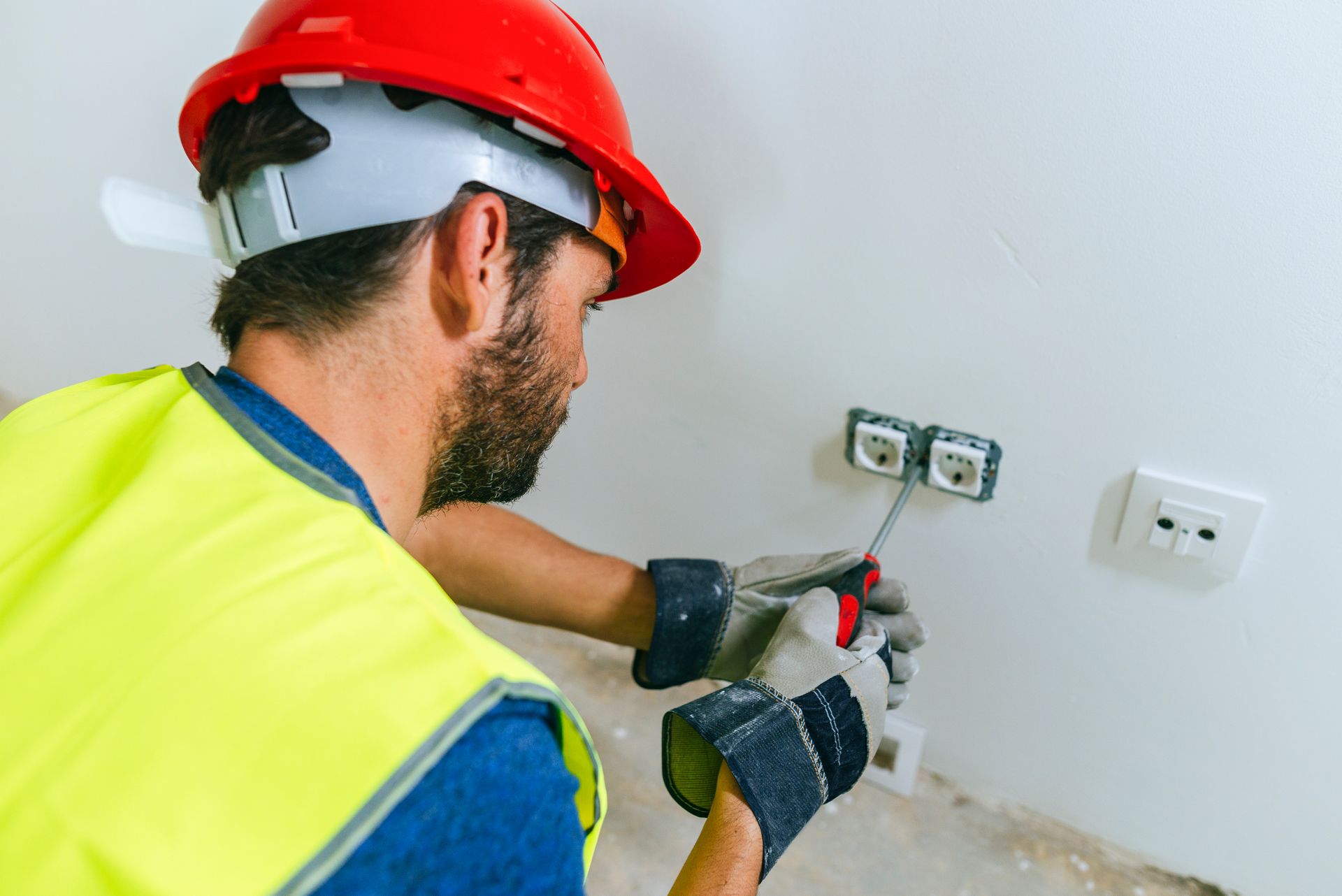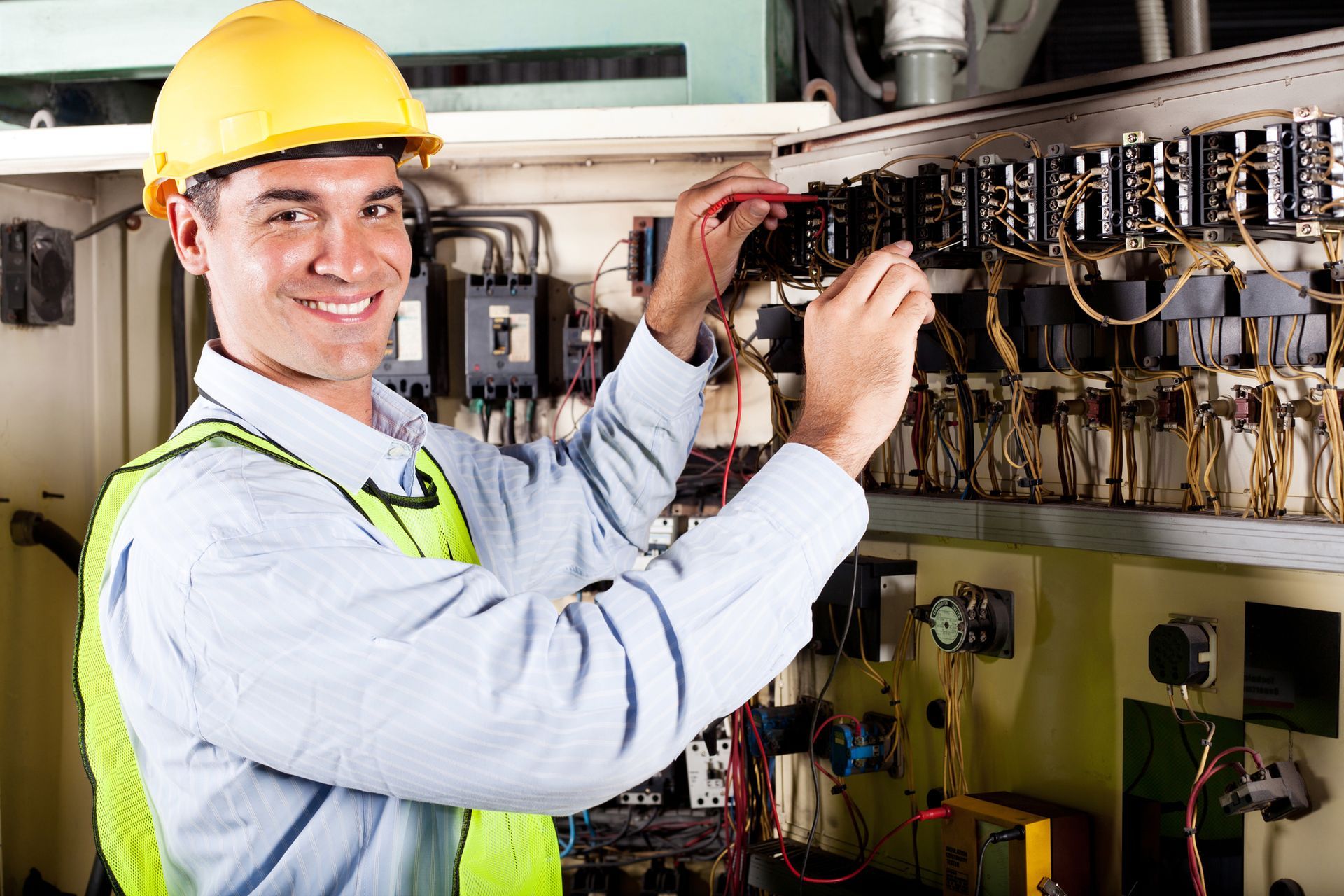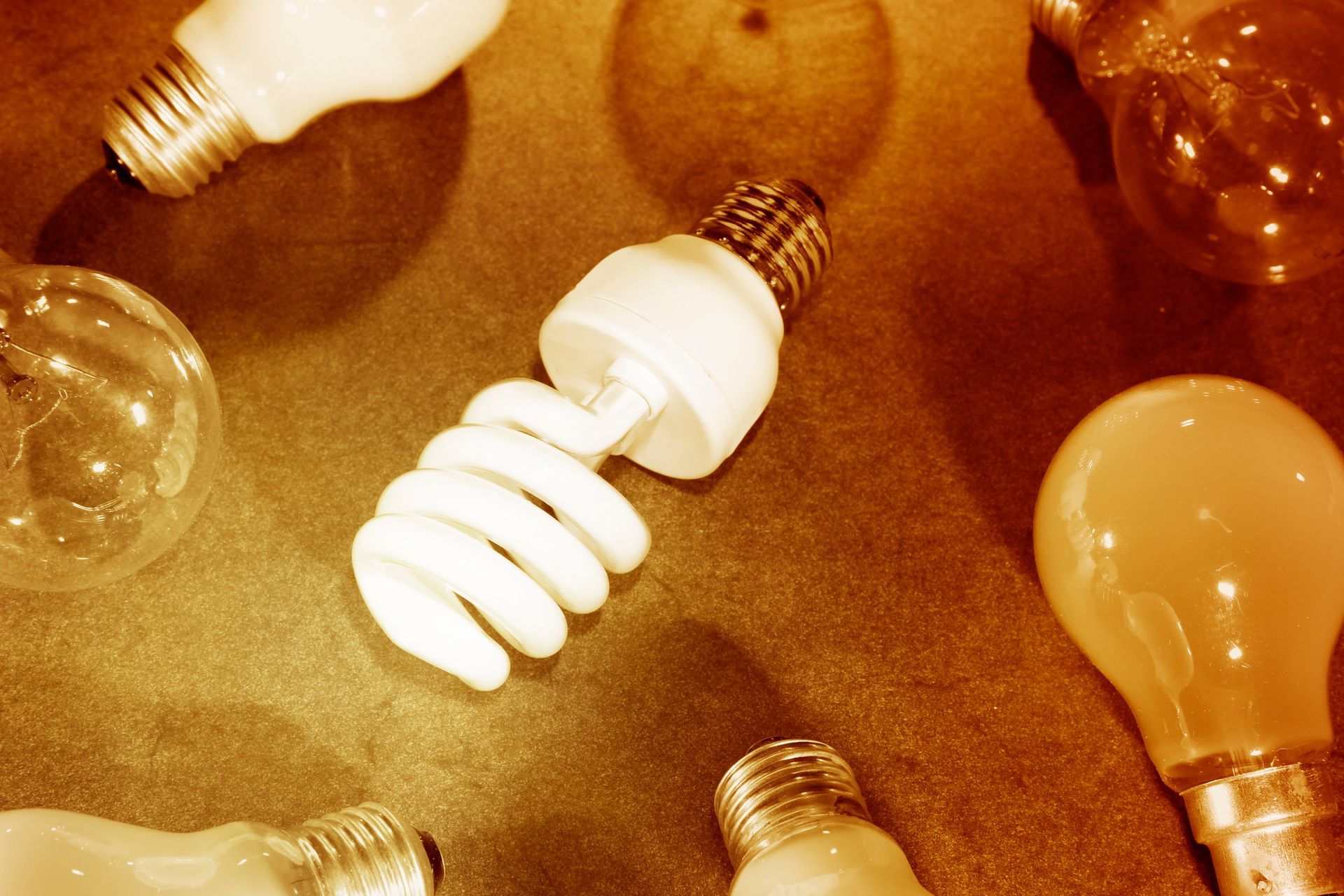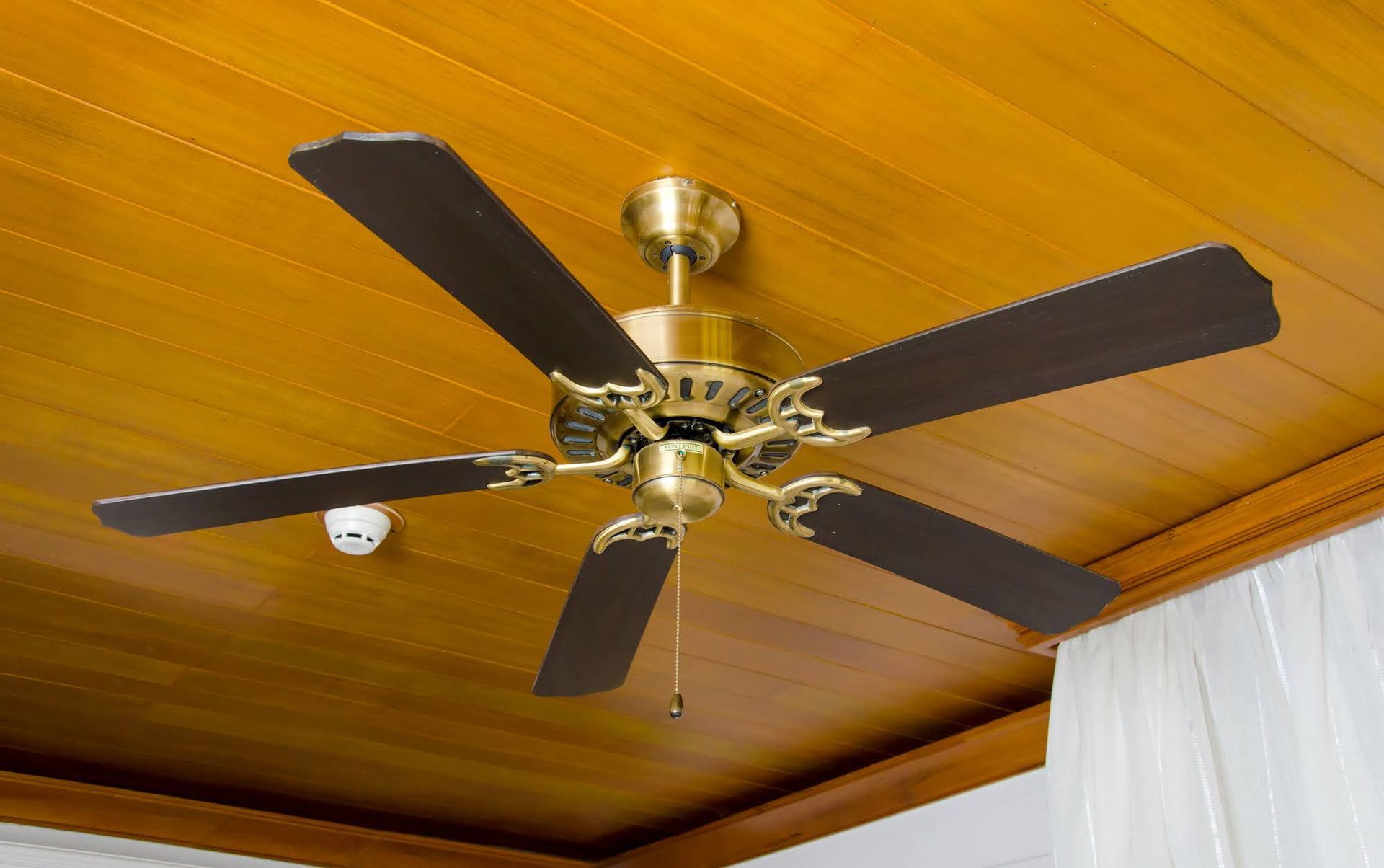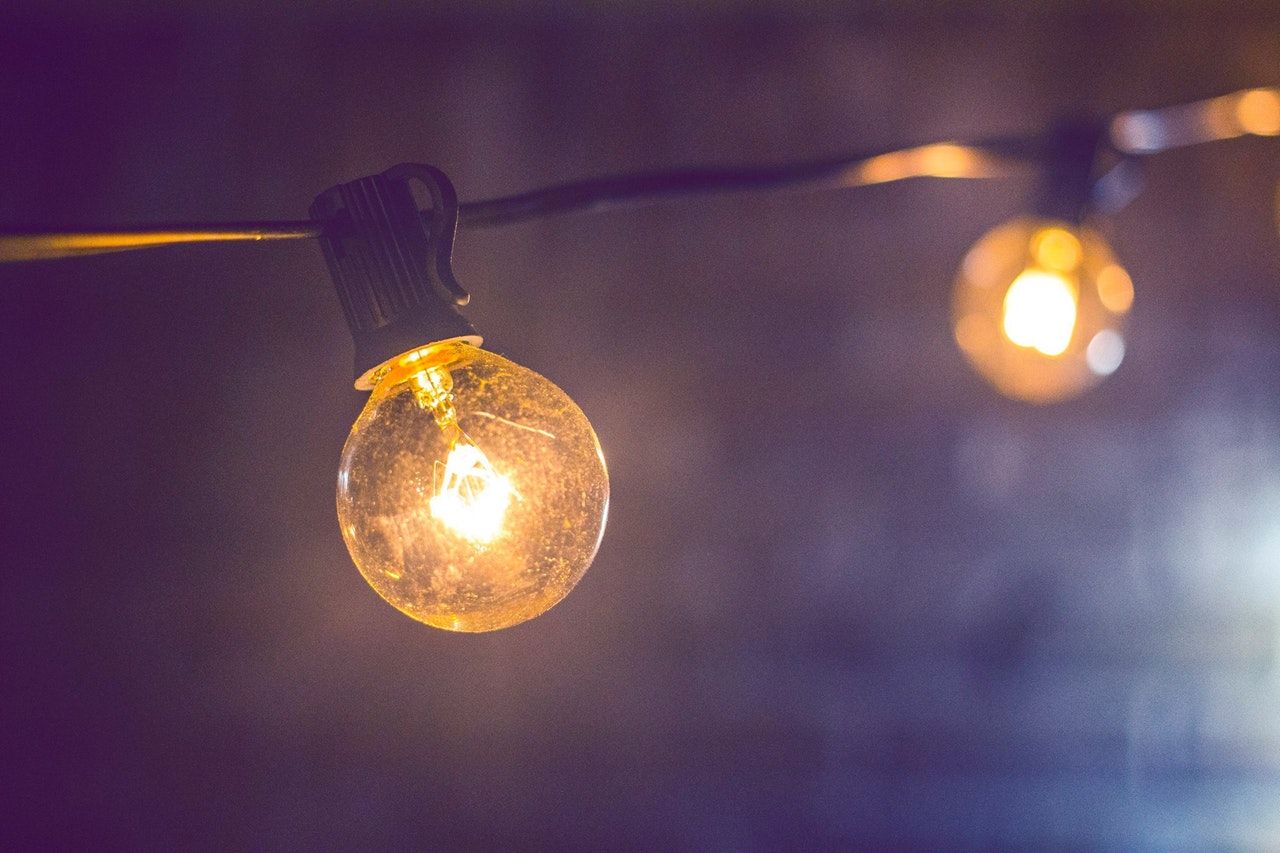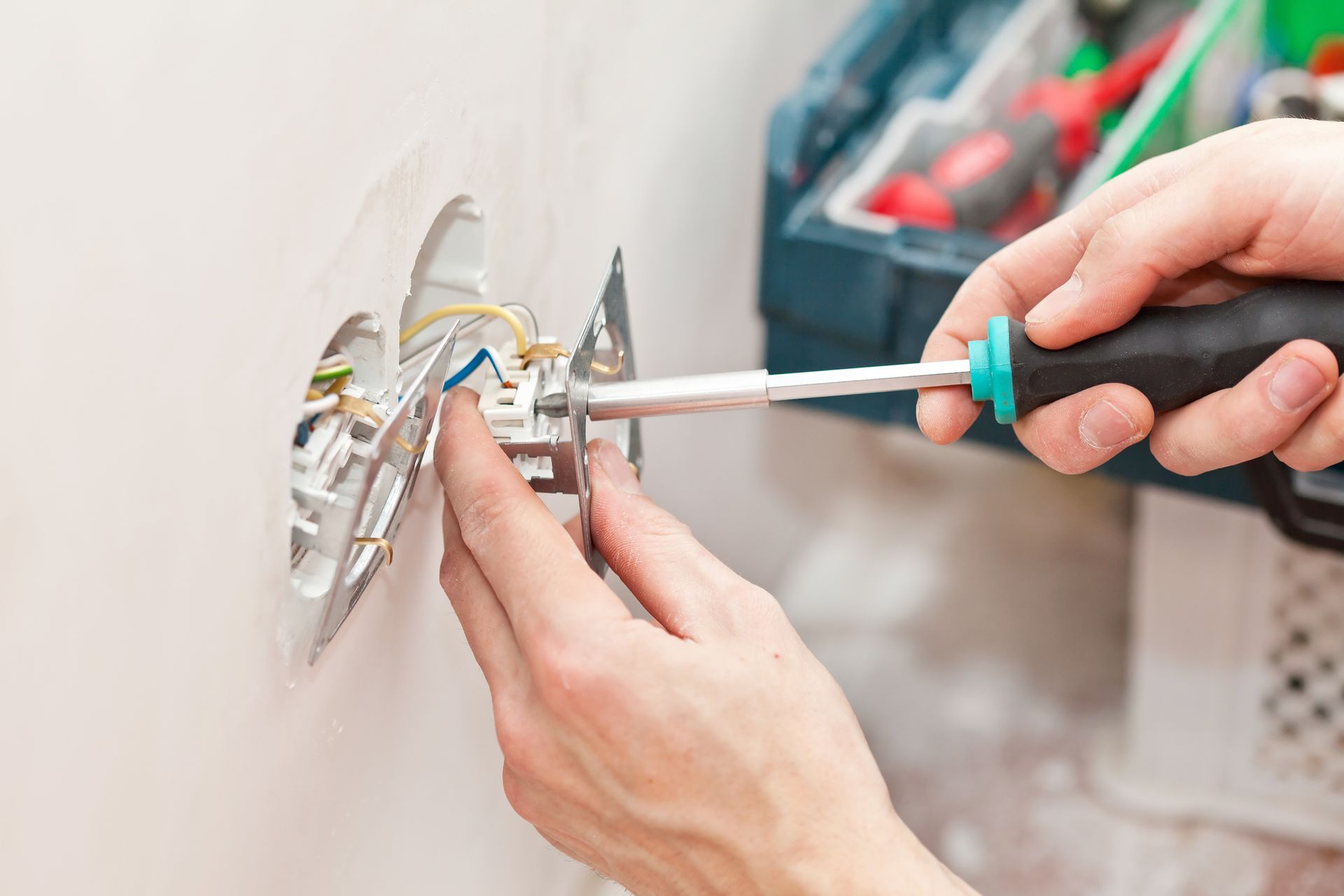Low Voltage vs. Line Voltage – Understand the Differences
Nearly every home and business owner aims to lower energy costs and conserve electricity. Low-voltage lighting is one way to achieve these goals. But what exactly is low voltage, and how does it differ from line voltage? Read on for everything you should know.
What Is Low Voltage?
Low-voltage lighting systems feature light bulbs or lamps that operate on 12 volts or less. Most low-voltage systems require a transformer to convert line voltage — 120 volts — into the lower voltage needed to power the light.
What Are the Benefits of Low Voltage Lighting?
Low voltage lighting provides several advantages.
Promotes Versatility in Lighting Design
Low-voltage lighting is easier to work with than line voltage because the lower voltage is less likely to cause injury. This benefit makes low voltage a safer option for DIY enthusiasts and professional electricians.
Improves Safety
Because low-voltage lighting systems require a transformer, there is less of a risk of electrical shocks. On the other hand, line voltage systems are more likely to cause injury if the wiring is not installed correctly. Low-voltage lighting is, therefore, a safer option for homeowners and businesses — especially in outdoor lighting applications.
Quality Light
Low voltage lighting systems provide a higher quality of light than line voltage systems. The reason is that low-voltage bulbs produce less heat than their line voltage counterparts. Less heat means that the light produced is more focused and intense. Additionally, low-voltage bulbs last longer than line-voltage bulbs, saving you money in the long run.
Reduces Energy Costs
Low-voltage lighting systems are more energy-efficient than line voltage systems. The reason is that the systems use less electricity to produce the same amount of light. In the same way, low voltage systems last longer than line voltage systems, which reduces replacement costs.
On the downside, low-voltage systems have limited capacity, so they may not be suitable for large areas. Also, the
systems are at risk of voltage drop, which can sometimes be inconvenient.
What Is Line Voltage?
Line voltage is the electric power that comes from your home's outlets. In the United States, the standard line
voltage is 120 volts. Line voltage lighting systems feature light bulbs or lamps that operate on this voltage.
What Are the Benefits of Line Voltage Lighting?
Here are some perks of line voltage lighting systems.
Cost Efficiency
Line voltage lighting features are less costly to produce than their low voltage counterparts. Additionally, the fixtures are easy to install, which adds to the upfront cost efficiency.
The main con of line voltage lighting is that the systems are more dangerous to work with than low-voltage options. The systems are more likely to cause electrical shocks. For this reason, hiring a professional electrician to
install line voltage lighting is crucial.
When to Use Low Voltage and When to Use Line Voltage
The decision of whether to use low voltage or line voltage lighting depends on the application. For example, low voltage lighting is typically used for accent lighting, while line voltage lighting is better suited for task lighting.
Low-voltage systems are often used outdoors, as the systems are less likely to cause electrical shocks when precipitation occurs.
Line voltage is easy to spread out, so if you want to light up a big room or area, this would be the best option.
If you are unsure about which system to use, it is best to consult with a professional electrician. They will be able to assess your needs and recommend the best lighting system for your home or business.
You can trust us at Beckstoffer-Welsh Inc for all electrical needs, which include lighting installation. We are a team of highly trained and experienced electricians who are dedicated to providing quality services. Contact us today to learn more about our services.


